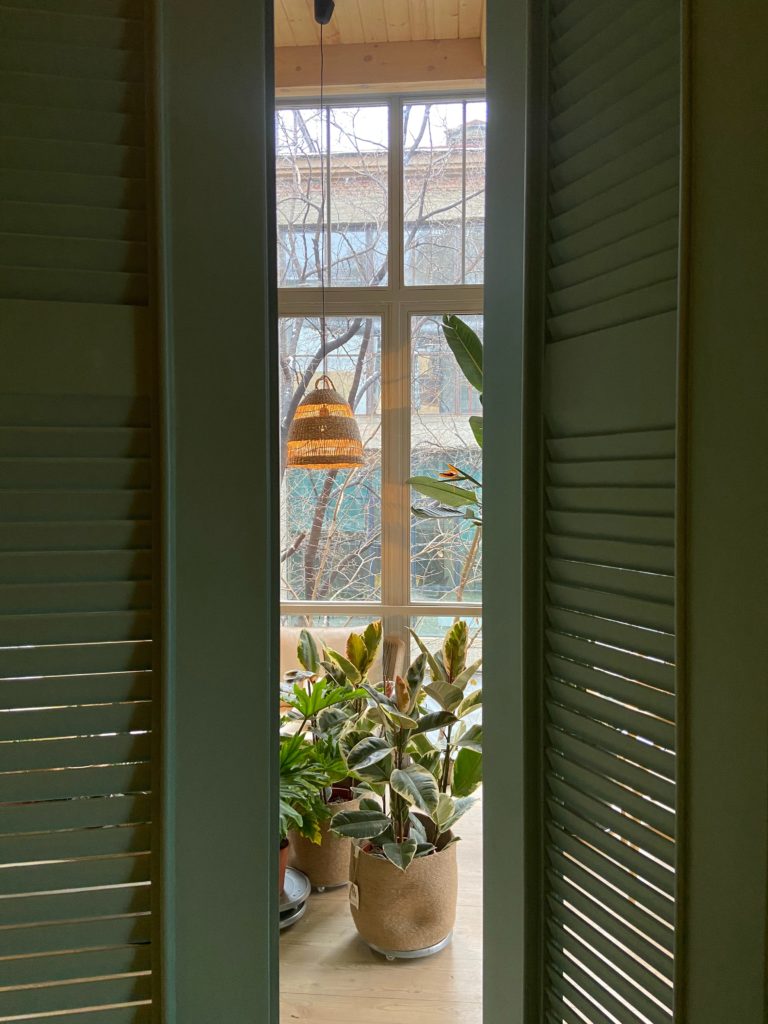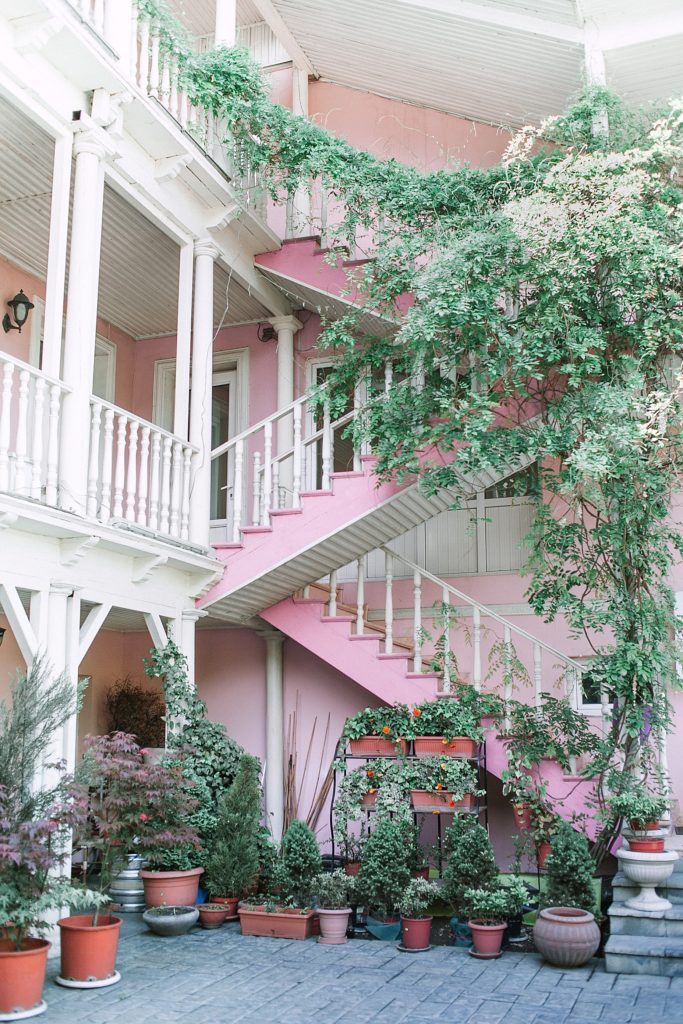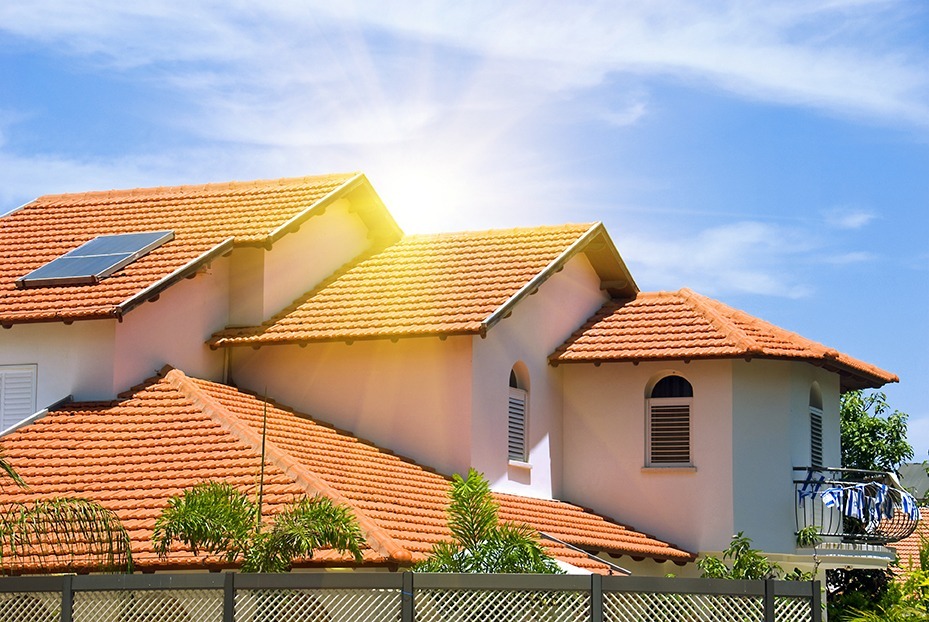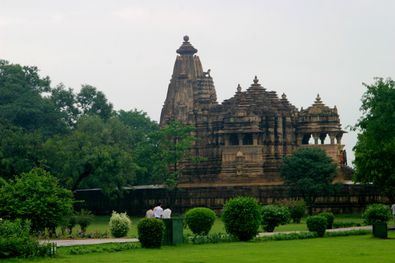Courtesy : www.squareyards.com
Green ancient indian architecture
Let’s go back to the old times when traditional architecture was all about building homes by using indigenous techniques and natural materials. Moreover, ancient Indian architecture in a true sense mirrors cost-effectiveness, sustainability, eco-friendliness, and aesthetic value. By not forgetting our roots, it’s time to bring back our sustainable and ancient Indian architectural techniques because at this juncture addressing climate change is the need of the hour.
Jaalies

Bring jaalies back to your home since it turns out to be an elegant and classic design element. Moreover, when we look from a sustainable point of view, you will notice jaalies are well suited for all climatic conditions. In bygone days, jaalies were considered to be a prominent element of the ancient Indian architectural design because they are best at combating a hot climate. Moreover, jaalies can reduce the intensity of heat in the daytime. And in return, it makes the home pleasant since it efficiently blocks the entry of sunlight.
Stand-out benefits of Jaalies in ancient Indian architectural structure
- Jaalies combat heat: Summer is here and to beat the heat, getting a jaalie made in your home is the best option. Every one of us bank on air conditioners to cool down the indoors. But when we talk about summers and air-conditioners, then how can we forget about inflated electricity bills that shock us to the core. And beyond exorbitant electricity bills, these air conditioners also impact the environment in one way or the other. So, it is always better to go green and sustainable as it mitigates the energy load and also the costs associated with it.
- Jaalies are picturesque: Finely crafted and designed jaalies can be a cute addition to the architecture of your home. It unleashes drama and can add a sense of sophistication to your home. If you specifically go with lattice patterns, it can very well complement the contemporary décor of your home.
- Allows air movement: Jaalies are known to have a direct relation with air movement because of the physical behaviour of fluids. When the air passes through the small apertures it compresses and increases velocity, even when the breeze is moderate. Due to this natural phenomenon, incoming air can be controlled by meticulous positioning and opening of the jaalies panel.
- Jaalies can be used as dividers: Jaalies can be used as a room divider as it comes in handy to add seclusion. Moreover, these jaalie dividers allow the light to enter but the amount depends on the size of the slits. These jaalie screens can also be added to the exteriors of the home as partition walls, door panels, railings, etc. If you want to know why dividers are making a comeback, then read our previous blog “Top 6 Home Décor Trends for 2021”
Veranda

A veranda can be a great addition to your home as it can elevate the look of your outside space. Basically, a veranda is a partly covered and enclosed structure that is attached to a house. It can protect you from scorching heat and heavy rains and in a way offers you cool and shaded space.
Stand-out benefits of Verandas
- Sustainable: If you add a veranda it will create shelter from the hot sun. In return it will cool your home, hence, reducing the amount of exorbitant air-conditioning bills. It is totally an environment-friendly method to cool your home down.
- Creates ample space: If you have a big home, then building a veranda is a must-have, especially if you have kids in your home. Since there’s nothing quite like having a space that can later be converted into a perfect spot to chill.
- Aesthetically alluring: A veranda can add a touch of sophistication and classiness to a home’s exterior. To give an edge to your interiors, you can go for wood or stone carved roofing for the verandas.
Chajja

Chajja is a concrete covering over the window or door openings that holds the potential to protect you from harsh weather conditions. The shade helps in the reduction of heat and also protects from the heavy monsoon rain. If you are wondering how they will look once incorporated in your home’s exteriors. Then let us tell you it will add an architectural element that will beautify the exteriors.
Stand-out benefits of chajja in ancient Indian architectural structure
- Protection from extreme weather conditions: This ancient architectural element can protect you from harsh weather conditions, whether it is offering protection from rain or direct sunlight.
- Aesthetic value: A chajja can adorn the exteriors of your home by giving a vintage and yet classy touch.
Courtyard
In the past, the courtyard was an essential part of a traditional home layout. Due to its ample environmental benefits, it is imperative to bring back and incorporate the courtyard ancient Indian architectural structure back into our modern homes. To sum up the benefits of having a courtyard in one line, we will say it maintains thermal comfort. And provides an adequate amount of ventilation and sunlight to the home interiors.
Stand-out benefits of the courtyard
- Mitigates the dependency on artificial lighting: If you have a courtyard at home, then you are lucky enough to consume natural lighting. Since a courtyard reduces the need to switch on LEDs in the daytime. Moreover, natural lighting can heat your home during winters, henceforth, eliminating the need of having a heater.
- Can be transformed into a Garden Area: You can use the available space of your courtyard to create a beautiful and vibrant home garden. Turn the bare space into the ultimate garden space. Create a chilling spot in your garden by keeping outdoor sofas, swings, and chairs.
- Works as a cross ventilator: A courtyard can be used for cross ventilation in a home as it encourages a gentle breeze. A courtyard structure makes the home area more manageable. As with it more walls are opening onto the outdoors, thereby allowing the air to enter your space.





